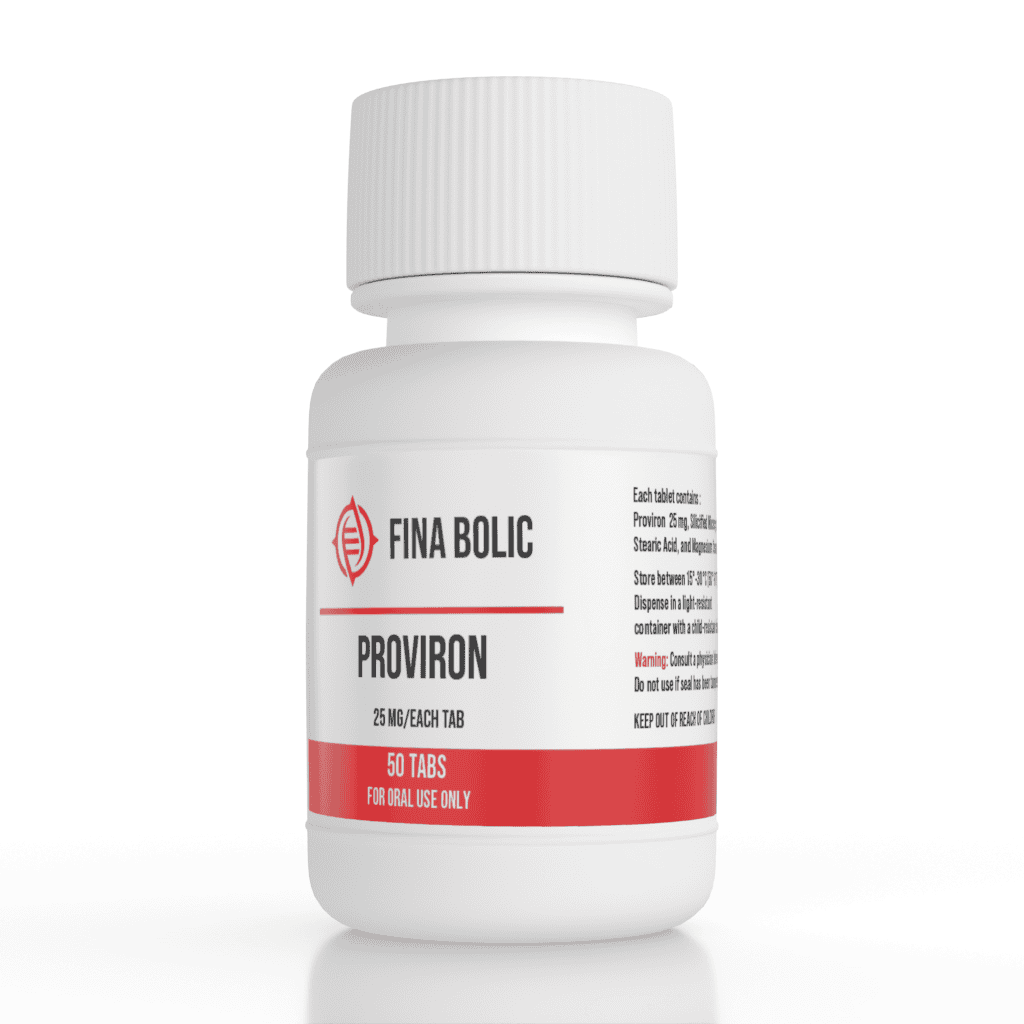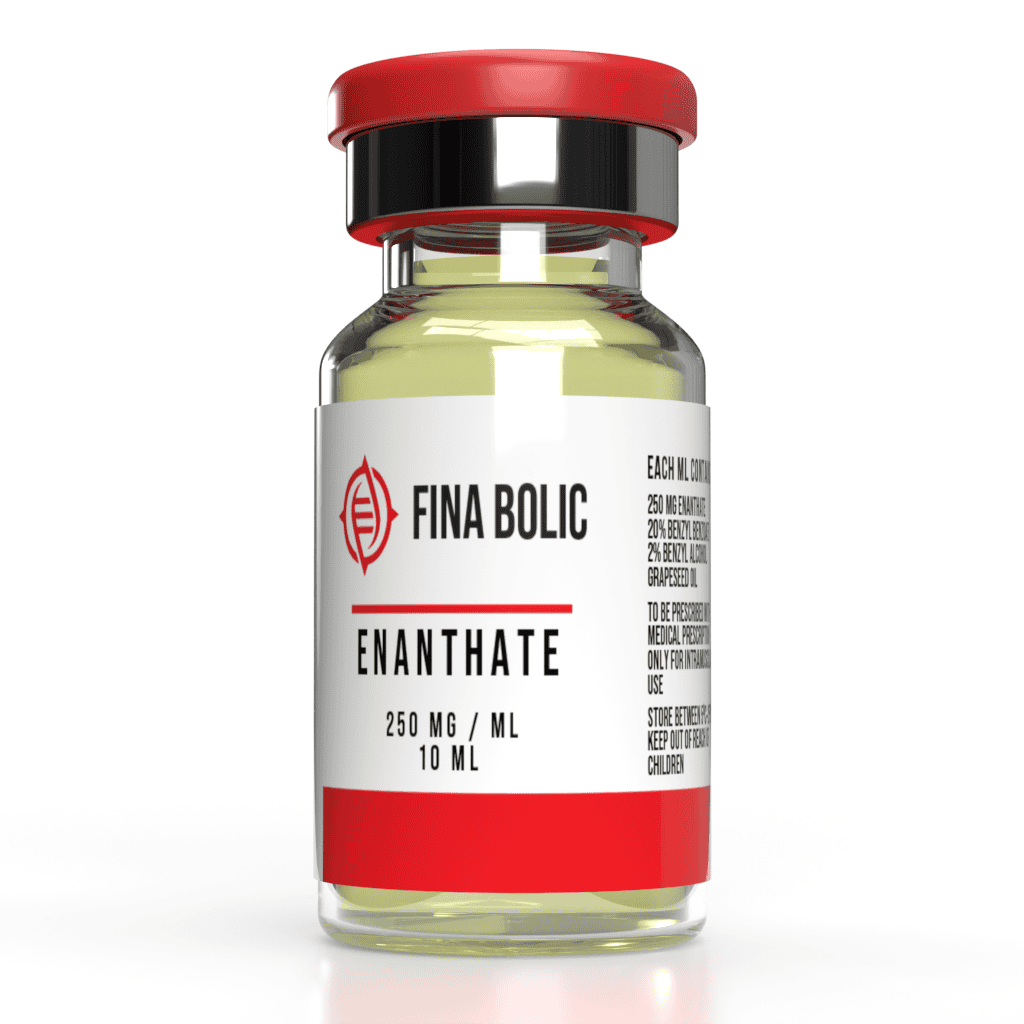Testosterone, often referred to as the “male hormone,” plays a crucial role in a man’s overall health and well-being. It impacts everything from muscle mass and bone density to mood and sexual function. However, as men age, their testosterone levels may decline, leading to a range of symptoms and health issues. To address this, some adult men turn to testosterone replacement therapy (TRT), which may involve the use of steroids. In this blog, we’ll delve into testosterone replacement therapy with steroids for adult men, covering benefits, risks, and considerations.
Medical professionals design TRT to restore testosterone in men clinically diagnosed with low testosterone, also called hypogonadism. Hypogonadism can occur due to various factors, including aging, injury to the testes, or certain medical conditions.
Steroids that assist men in testosterone replacement therapy
- Proviron Steroids: Occasionally, in testosterone replacement therapy (TRT) for adult men, medical professionals utilize Proviron, a synthetic androgenic steroid. It serves a unique role in TRT due to its distinctive properties. Proviron doesn’t directly boost testosterone but enhances existing testosterone by binding to androgen receptors, unlike traditional replacement options. This can lead to improvements in mood, energy levels, and libido. Proviron is prescribed when other TRT methods fail or to enhance TRT benefits as an adjunct, by medical professionals. However, patients should use it under medical supervision, taking into account potential side effects and their individual needs.

2. Enanthate Steroids: Enanthate steroids are a common choice for testosterone replacement therapy (TRT) in adult men. Testosterone Enanthate is a long-acting ester of testosterone that allows for less frequent injections, typically administered every one to two weeks. This stability in testosterone levels helps alleviate symptoms of low testosterone, including fatigue, reduced libido, and mood swings. Enanthate steroids promote muscle development and bone density, enhancing overall well-being. However, a healthcare professional should closely monitor their use, as they can have side effects and require careful dosing adjustments based on individual responses. Enanthate steroids are a valuable tool in TRT, enhancing the quality of life for many men with testosterone deficiency.

3. Propionate Steroids: Propionate steroids, specifically Testosterone Propionate, are a shorter-acting form of testosterone often employed in testosterone replacement therapy (TRT) for adult men. This ester allows for more frequent injections, typically every 2-3 days, which can provide more stable testosterone levels. This steadiness helps mitigate symptoms such as fatigue, low libido, and mood swings associated with low testosterone. Testosterone Propionate is an effective choice for TRT and is particularly useful for those who require precise control over their hormone levels or have concerns about the ability to quickly adjust treatment if needed. As with any TRT, it should be administered and monitored under the guidance of a medical professional to minimize side effects and optimize benefits.

4. Sustanon Steroids: Sustanon, a blend of different testosterone esters, is a versatile option in testosterone replacement therapy (TRT) for adult men. Comprising both fast-acting and long-acting esters, it allows for less frequent injections while providing a rapid onset of testosterone’s therapeutic effects. Sustanon is particularly suitable for those new to TRT, simplifying treatment schedules. It aids in mitigating the symptoms of low testosterone, including fatigue, reduced libido, and muscle loss. However, like other TRT methods, Sustanon should be administered under medical supervision to tailor dosages to individual needs and minimize potential side effects. Its adaptability and efficacy make it a valuable choice in managing testosterone deficiency.

5. Test400 Steroids: Test400, a potent testosterone blend, is occasionally used in testosterone replacement therapy (TRT) for adult men. It’s a high-concentration mixture containing several testosterone esters, allowing for less frequent injections while maintaining steady testosterone levels. This can alleviate symptoms of low testosterone like fatigue, low libido, and mood swings. Test400’s potency and extended duration between injections can be advantageous for those requiring TRT but desiring fewer visits for treatment. However, its strength and potential for side effects necessitate careful monitoring by a healthcare professional. Test400 can be effective in managing testosterone deficiency when used judiciously and under medical guidance, improving the quality of life for many men.

Symptoms of Low Testosterone
- Low energy levels: Fatigue and reduced stamina.
- Decreased libido: Reduced interest in sex and erectile dysfunction.
- Mood swings: Increased irritability, anxiety, or depression.
- Loss of muscle mass: Reduced strength and muscle tone.
- Decreased bone density: An increased risk of osteoporosis.
- Changes in body composition: An increase in body fat.
Conclusion
Testosterone replacement therapy, including the use of steroids, can be a viable option for adult men suffering from low testosterone levels. It offers the potential for improved quality of life by alleviating symptoms associated with testosterone deficiency. However, it is crucial to approach TRT with caution and under the guidance of a qualified healthcare provider. Discuss steroid use in TRT with a medical professional to make an informed treatment decision, considering potential risks and benefits. Ultimately, maintaining balanced testosterone levels is essential for overall health and well-being.
Visit finabolic.ca for additional information regarding Testosterone Replacement Therapy (TRT) in adult men.
